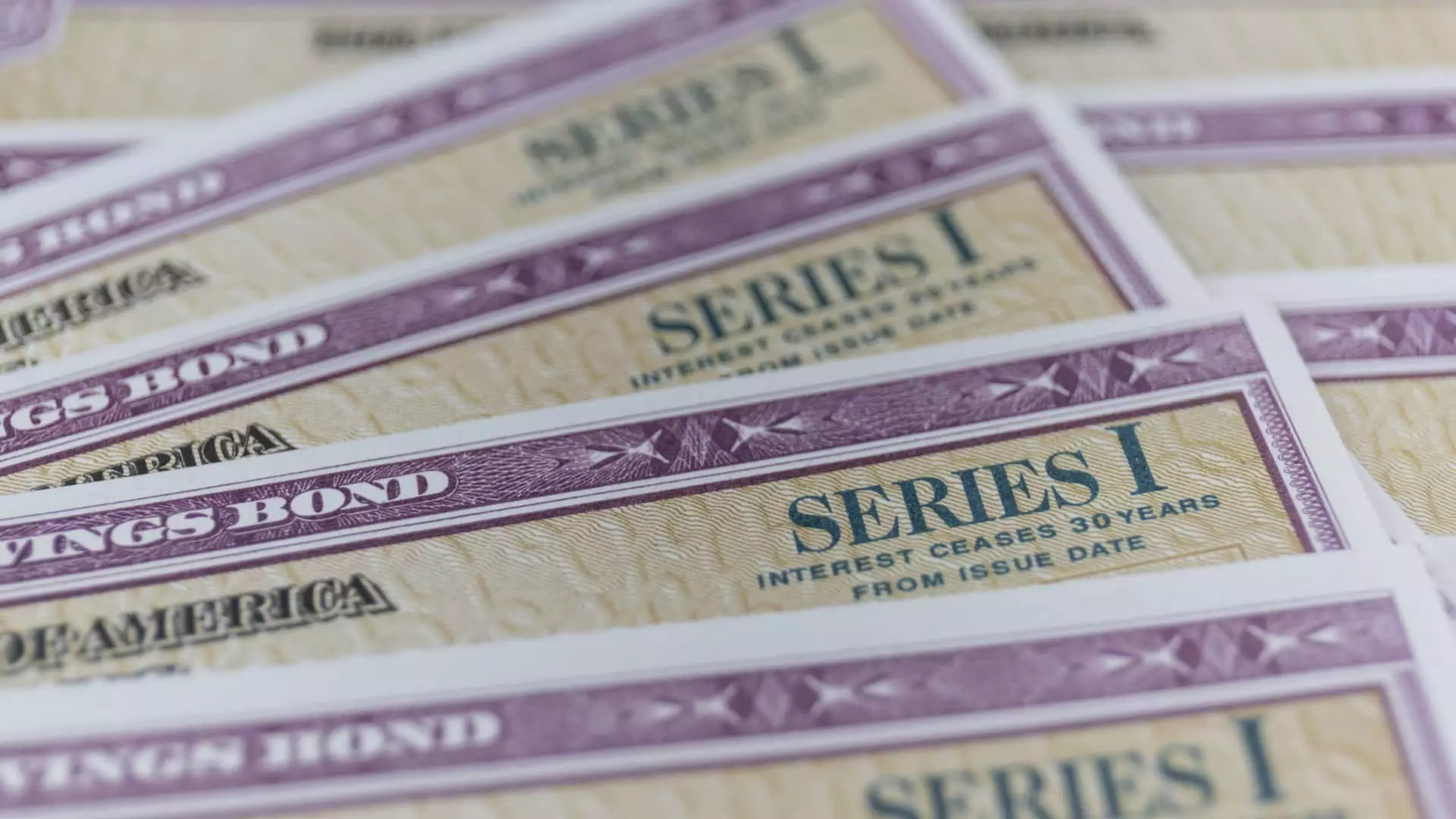The annual rate for Series I bonds is expected to fall below 5% in May, according to experts. This would mean a decrease from the current 5.27% interest on I bond purchases made before May 1, but a slight increase from the 4.3% interest offered on new I bonds bought between May 1, 2023, and Oct. 31, 2023. Despite the projected rate decline, long-term investors are still encouraged to consider I bonds as they are deemed a “good deal” by experts like Ken Tumin, the founder of DepositAccounts.com.
While long-term investors may find I bonds to be a beneficial investment option, short-term investors have other opportunities available with higher yields such as Treasury bills, money market funds, or certain certificates of deposit. The interest in I bonds has significantly increased due to rising inflation rates, especially after the annual rate peaked at 9.62% in May 2022. However, experts anticipate a decrease in the rate to around 4.27% next month.
The U.S. Department of the Treasury makes adjustments to I bond rates every May and November based on a variable and fixed portion. The variable part changes every six months in alignment with the consumer price index, while the fixed portion remains constant after purchase. Currently, the variable rate stands at 3.94% and the fixed rate at 1.3%, resulting in a combined yield of 5.27% for I bonds bought between Nov. 1 and April 30. The fixed rate provides long-term investors with an opportunity to preserve purchasing power, as stated by Tumin.
Experts anticipate a decline in the variable rate for I bonds from 3.94% to 2.96% in May based on six months of inflation data. However, predicting the fixed rate change is more challenging as the Treasury does not reveal its formula for adjustments. David Enna, the founder of Tipswatch.com, forecasts that the fixed rate could range between 1.2% and 1.4% in May. Enna looks at the real yields for 5- and 10-year TIPS to estimate the fixed rate changes, highlighting that a potential shift from 1.3% to 1.4% may not have a significant impact but is preferable among investors for a higher return.
The upcoming adjustments to Series I bond rates in May present both challenges and opportunities for investors. While the projected rate decline may deter some short-term investors, long-term investors can still benefit from the potential preservation of purchasing power through fixed rates. It is essential for investors to carefully evaluate their investment strategies and consider factors such as inflation data and predicted rate changes to make informed decisions regarding Series I bond investments.

